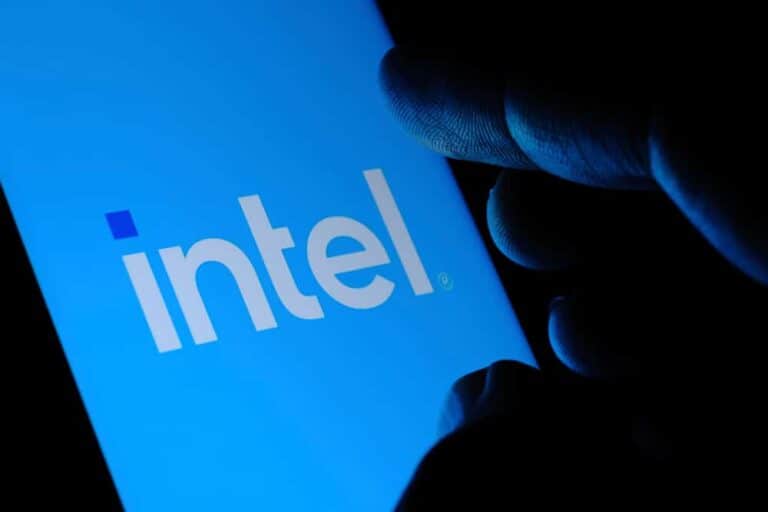Intel has ambitious goals, but the challenge is proving greater than imagined. While Nvidia and AMD benefit from AI, no such upside has yet transpired for Intel. To realize its big chip plans, CEO Pat Gelsinger feels compelled to get rid of 15,000 jobs.
Note: these are not (only) layoffs. Gelsinger talks about the option for an “enhanced retirement plan” for some employees. Intel personnel can also decide off their own accord that they want to head for the exit, with potentially advantageous severance packages in store. Some experts suspect that Intel is aiming for internal rejuvenation, like many other tech companies, with people in their 50s giving way to twentysomethings and thirtysomethings.
No shortage of ambition alone
It’s another blow to Intel, which has been struggling to compete for years. As a dominant player in the PC market, it is guaranteed solid sales, but this isn’t currently offsetting costs. Despite revenues of $12.8 billion, Intel suffered a loss of $1.6 billion in the second quarter. This contrasts sharply with the ongoing euphoria over at Nvidia and AMD, both of which continue to sell their AI products like hot cakes. Intel also has an accelerator intended for AI, its line of Gaudi GPUs, but it is not yet making a real impact. Those chips are the result of a 2019 acquisition of Habana Labs – prior to that, Intel did not produce discrete GPUs, while Nvidia has been doing so since 1999 and so has AMD’s Radeon division, formerly ATI.
Intel today actually consists of two divisions: a chip designer and a chip manufacturer (Foundry). It is a fundamental change in its corporate policy, called IDM 2.0 (Integrated Device Manufacturing) by Intel. This requires huge investments in new chip factories in Europe and North America, among others (even with government help), but has also led to outsourcing manufacturing to rival TSMC at times. For example, the next generation of laptop processors under the codename Lunar Lake are partly made by the Taiwanese chip giant.
Change can hurt
That fundamental change in how the company is doing business is now accompanied by a fundamental change to Intel’s internal staffing, Gelsinger concludes in a memo to employees. “…We’ve yet to fully benefit from powerful trends, like AI. Our costs are too high, our margins are too low. We need bolder actions to address both – particularly given our financial results and outlook for the second half of 2024, which is tougher than previously expected.”
Pat Gelsinger, formerluy the CEO at VMware, returned to Intel in February 2021. By then, it had long been clear that Intel was lagging behind in process technology versus AMD, which depends entirely on TSMC’s chip production. Now that lag has largely been eliminated. Still, there are clear signs that Intel still has a long way to go, as large-scale stability problems in high-end 13th- and 14th-generation desktop chips show.
Not rewarded
Gelsinger’s plan should lead to a cost savings of $10 billion by 2025. Normally, cost-cutting measures are rewarded in the stock market, but not now. The message that Intel is cutting 15,000 jobs, 15 percent of its own workforce, seems to be interpreted as a panicky move: after the news, Intel’s stock price tumbled by another 18 percent.
Also read: Intel denies it is suspending the expansion of its Israel chip plant
